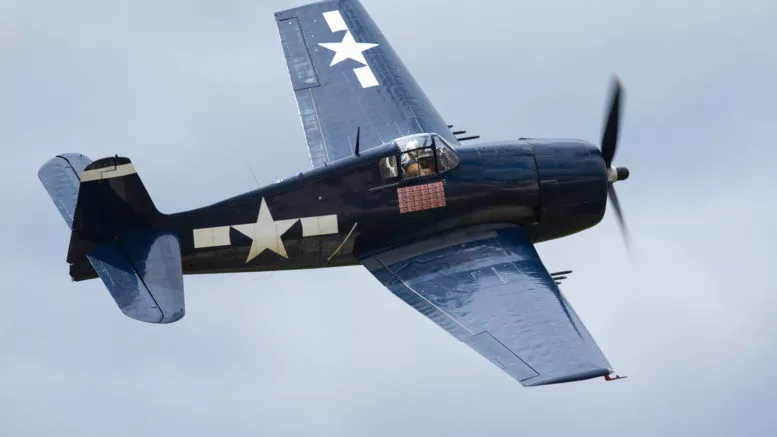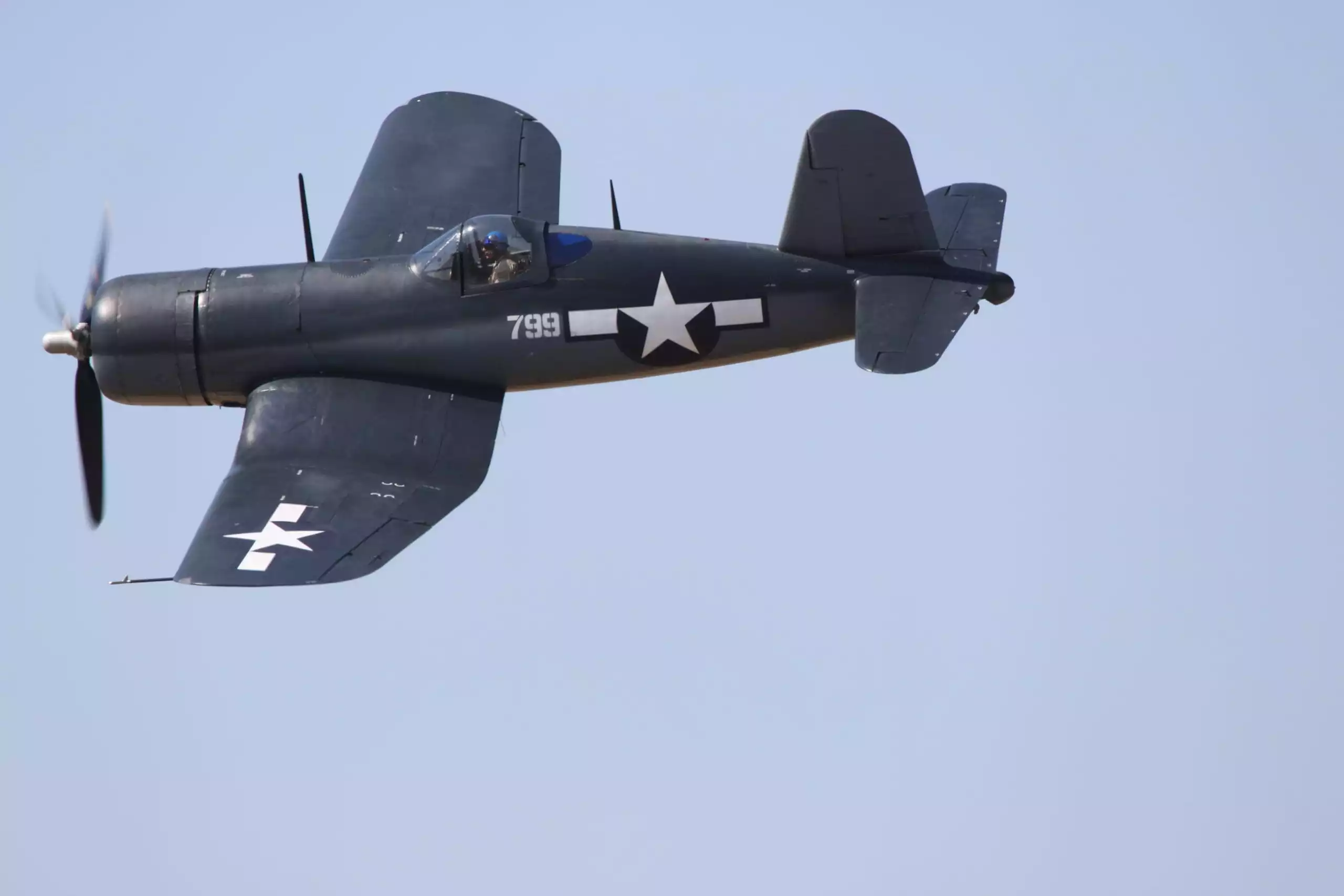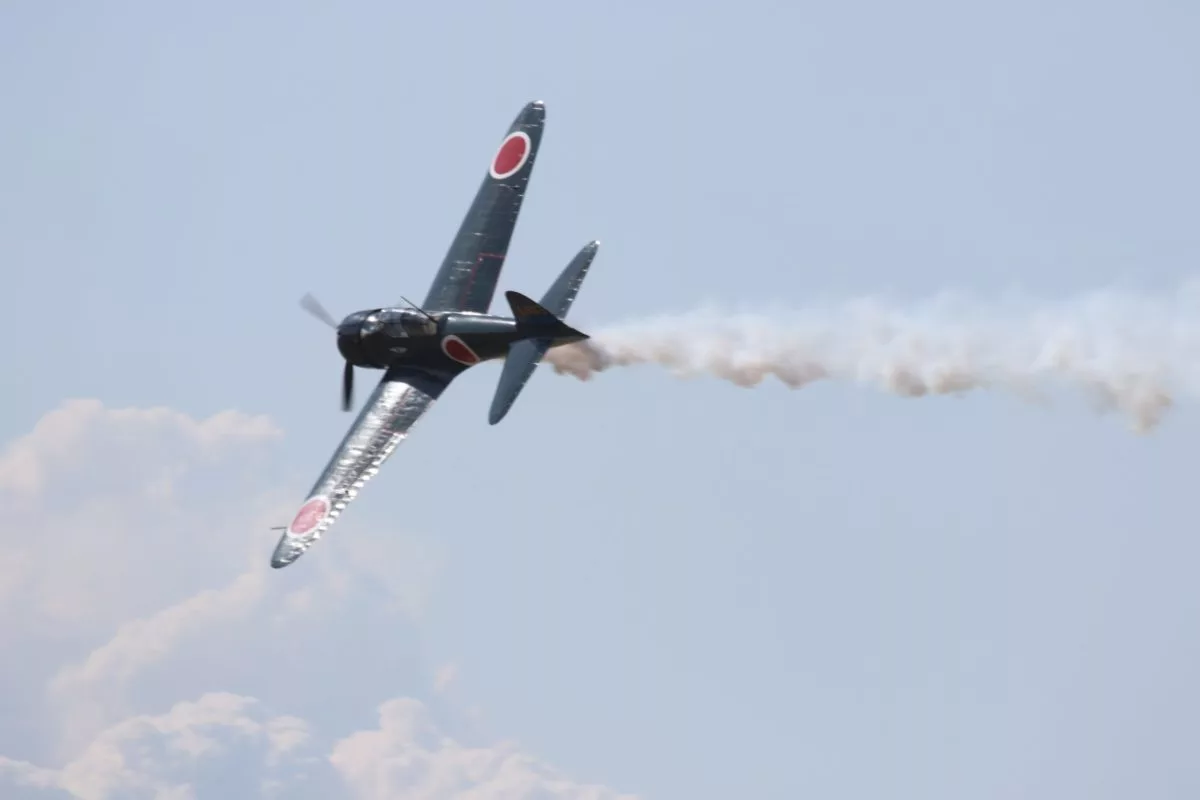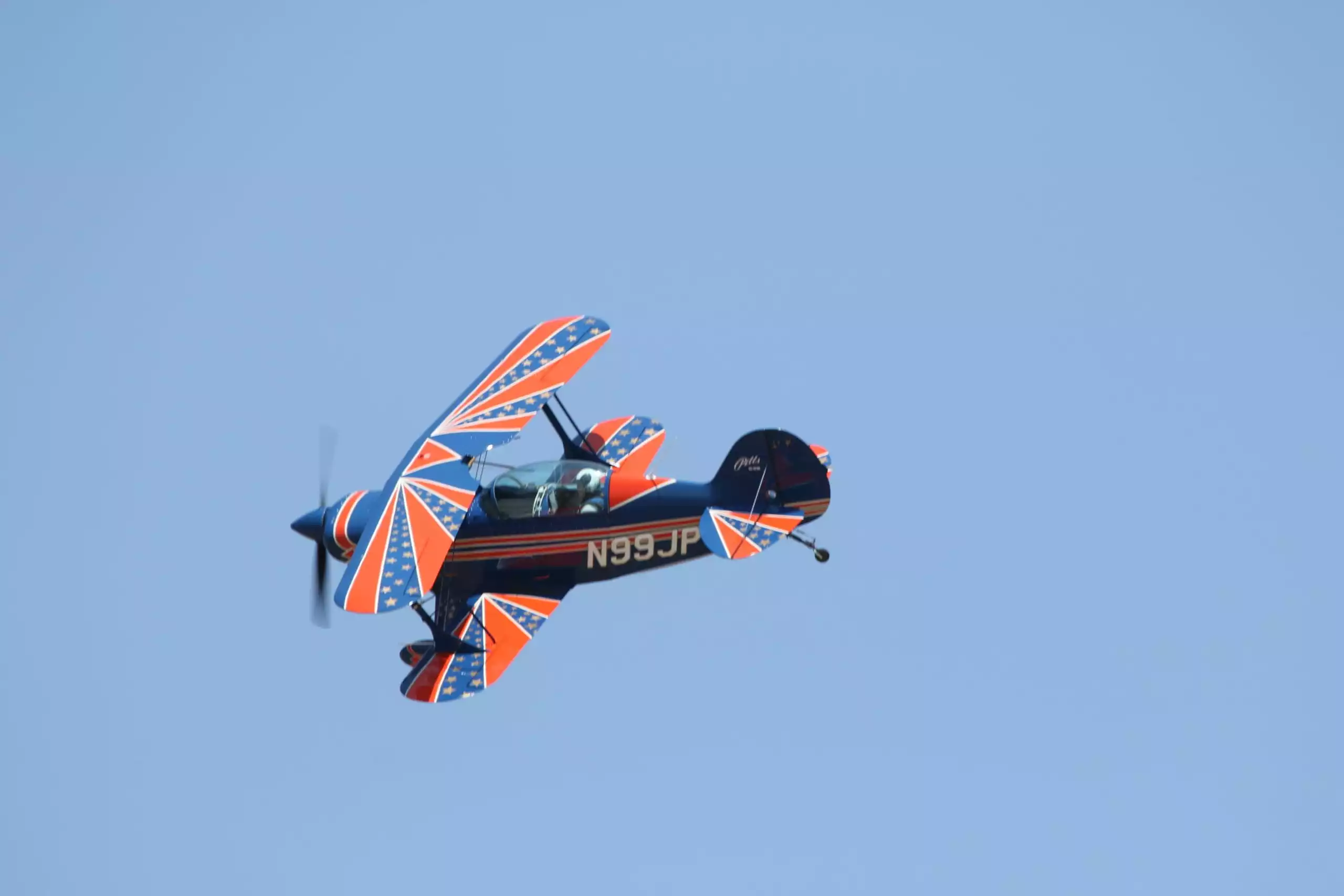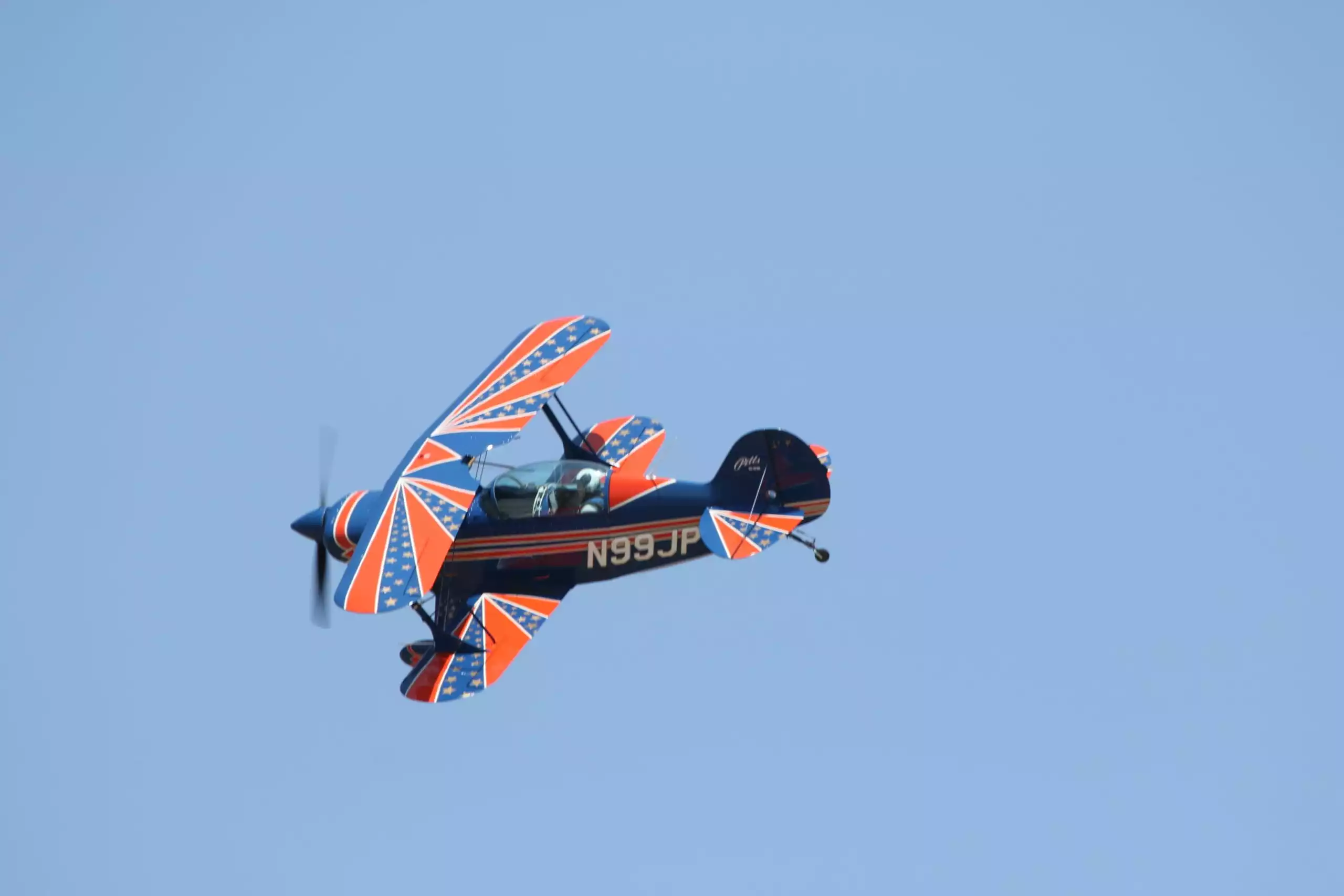The Incredible History of the Hellcat Airplane
When it comes to iconic warbirds, few can compare to the legendary fighters of WWII. Whether it’s the Spitfire with its elliptical wings or the P-51 Mustang with its turbocharged roar, each has its distinct place in history. However, perhaps the most distinctive and formidable of them all is the Grumman F6F Hellcat airplane. With its robust design, deep fuselage, and combat prowess, the Hellcat played a crucial role in the Allied victory. Today, we dive into the incredible history of the Hellcat airplane and uncover what made this aircraft a true game-changer in the skies.
The Birth of a Fighter: What is the Grumman Hellcat?
The Grumman Hellcat F6F was built by the Grumman Aircraft Engineering Corporation. Featuring a single-seat configuration and armed with six 0.5-inch Browning machine guns, the Hellcat packed a serious punch.
The Hellcat was purpose-built for naval aviation, boasting a robust airframe that could withstand the intense conditions of carrier operations. This was a cat with claws. Mounted in each wing was a series of 0.5-inch browning machine guns capable of firing 450 rounds per minute!
The aircraft featured predominantly in the Pacific theatre of operations during World War Two. Its main target was the Japanese ‘Zero’. The aircraft was used very extensively. It is estimated that Grumman produced over 12,000 during the course of the war.
If you think that sounds like a lot, get this…
During the height of the Second World War, Grumman was turning out these aircraft at a rate of one each hour!
The Unmatched Combat Record of the Hellcat Airplane
The Grumman Hellcat was engineered as the successor to the Wildcat, earning the nickname “Wildcat’s big brother” for its improved capabilities. Making its combat debut in 1943, the Hellcat quickly proved its mettle against Japanese fighters, securing victory after victory in the Pacific skies.
Want to know how phenomenal it was?
The Hellcat was responsible for downing over 5000 enemy aircraft, making it the most lethal fighter of the war. That isn’t just amongst the American fleet! It reigns supreme even taking into account all allied aircraft!
The Hellcat’s kill-to-loss ratio is staggering: for every 19 enemy planes it destroyed, only one Hellcat was lost in combat, with just 270 Hellcats lost throughout the entire war.
The Hellcat’s robust design made it the perfect aircraft for carrier operations. Its stability during landings, particularly on the heaving decks of aircraft carriers in rough seas, significantly reduced the risk of accidents compared to other fighters like the less stable Corsair.
Later in the war, some Hellcats were even outfitted with radar for night missions, though they never saw combat in this role.
One of the Hellcat’s defining traits was its toughness. Built to withstand the rigors of naval warfare, the aircraft earned the nickname “Aluminum Tank” for its durability in combat and resilience to damage, including direct hits from enemy fire.
Want to hear a funny story?
Pilots often joked that Hellcats were “made of holes where an airplane used to be,” a testament to their ability to take a beating and keep flying.
What’s Distinctive About the Grumman Hellcat?
You’ll easily be able to spot a Hellcat airplane. It has quite a few distinctive features that make it really stand out from the crowd.
A Chunky Fuselage
This is by far the most obvious feature of the Grumman F6F-5 Hellcat. It is easy to spot from a long distance. This unusually sized fuselage makes the wings look much stubbier than they actually are.
Blue Color
The aircraft was painted blue to blend in with the Pacific water over which it was intended to fly.
Folding Wings
If you get a chance to see this aircraft up close and personal on the ground, you’ll be able to see the joins and hinges in the wings. This was a really clever idea as it meant that the aircraft could be easily stored aboard aircraft carriers.
Rotating Gear Struts
Pay careful attention during takeoff, and you might spot a really unique feature. The Hellcat’s gear struts rotate through 90° before folding back into the wings!
Bullet Holes
Just kidding!
From Battlefields to Airshows: The Hellcat’s Legacy Lives On
Despite the passing decades, the legacy of the Hellcat airplane continues. A few Hellcats remain airworthy today, often appearing at airshows as reminders of their storied past. They are normally guests of honor at an airshow! You can view the Commemorative Airforce’s very own Hellcat at the Wings over Camarillo Airshow, where they appear as a regular guest!
This aircraft has an interesting history all of its own. It was discovered derelict in 1961 and was painstakingly restored to some of its former glory. In 1970 it was donated to the CAF. Due to its age, it needed much more work performing to make it properly airworthy. Still, over the next decade, it was plagued by maintenance issues.
After 1986 a 12-year restoration project was launched. The end result was lots of wires, panels, and systems being almost entirely replaced. The main issue was that the aircraft had several repairs that were ‘temporary’ during its restoration. Yet, through transfers of ownership and a lack of regulation, it had become ‘permanent’. Following its restoration, it was in much better shape to fly.
Experience the Hellcat Airplane at Wings Over Camarillo
When you visit the Wings Over Camarillo Airshow, you’ll get the chance to see the Grumman Hellcat up close and witness one of the most successful fighter aircraft in history.
They, too, have a rich and detailed story to tell. You’ll be able to see them in flight and also get the opportunity to come and take a peek up close.
When looking at the Hellcat airplane, you literally view one of the most successful fighter aircraft in history. Who knows what it saw when it was in combat?
For more information on the Wings over Camarillo Airshow, visit us here.
Ready to Soar with Us?

